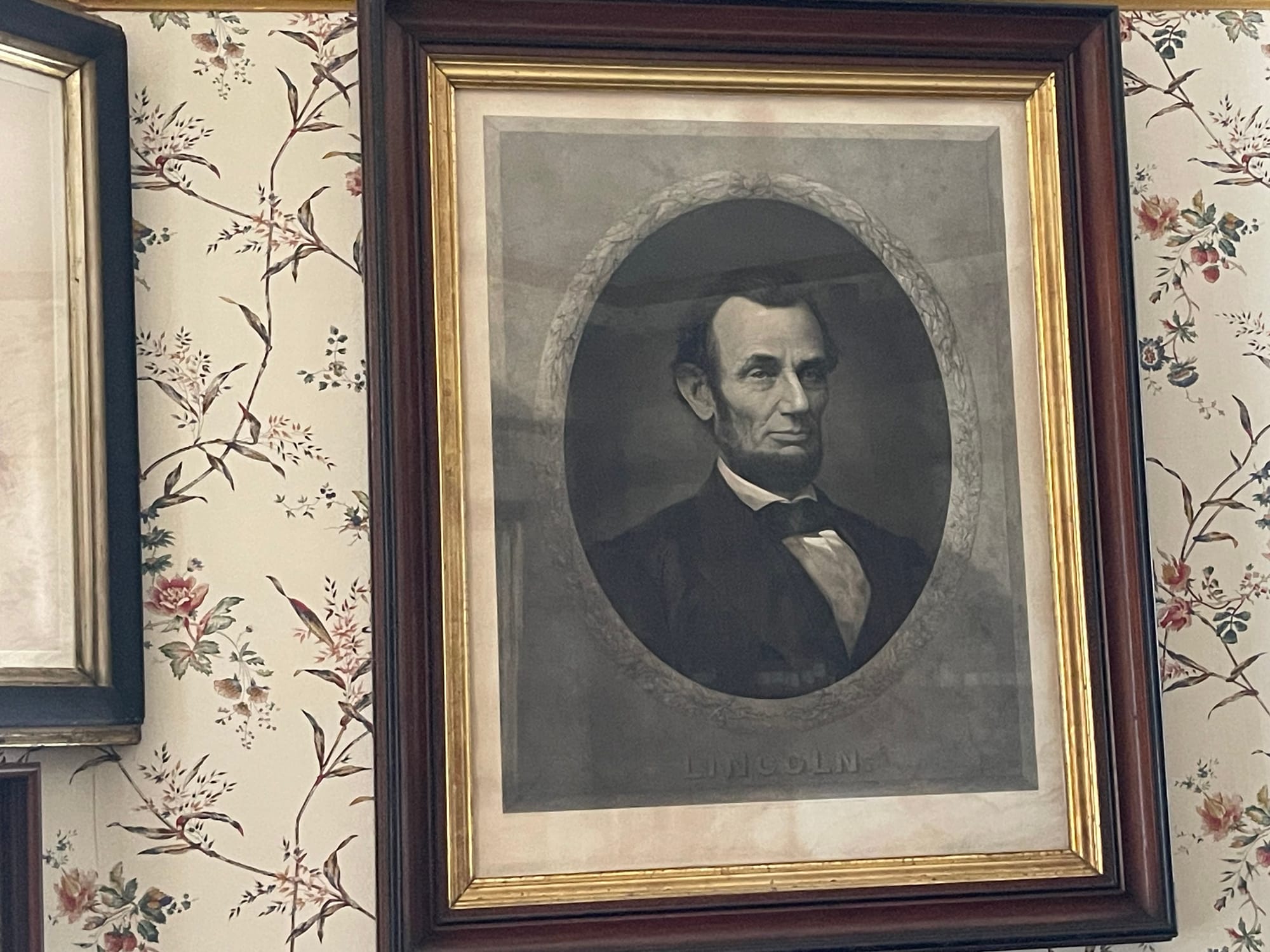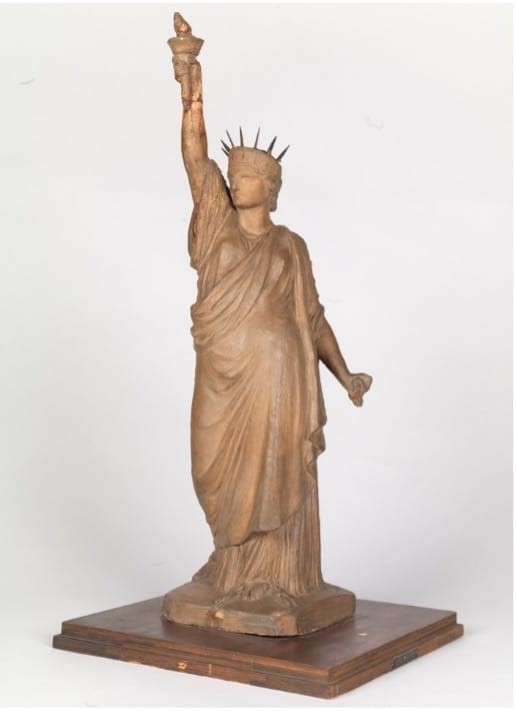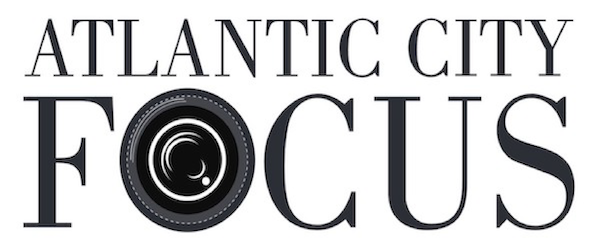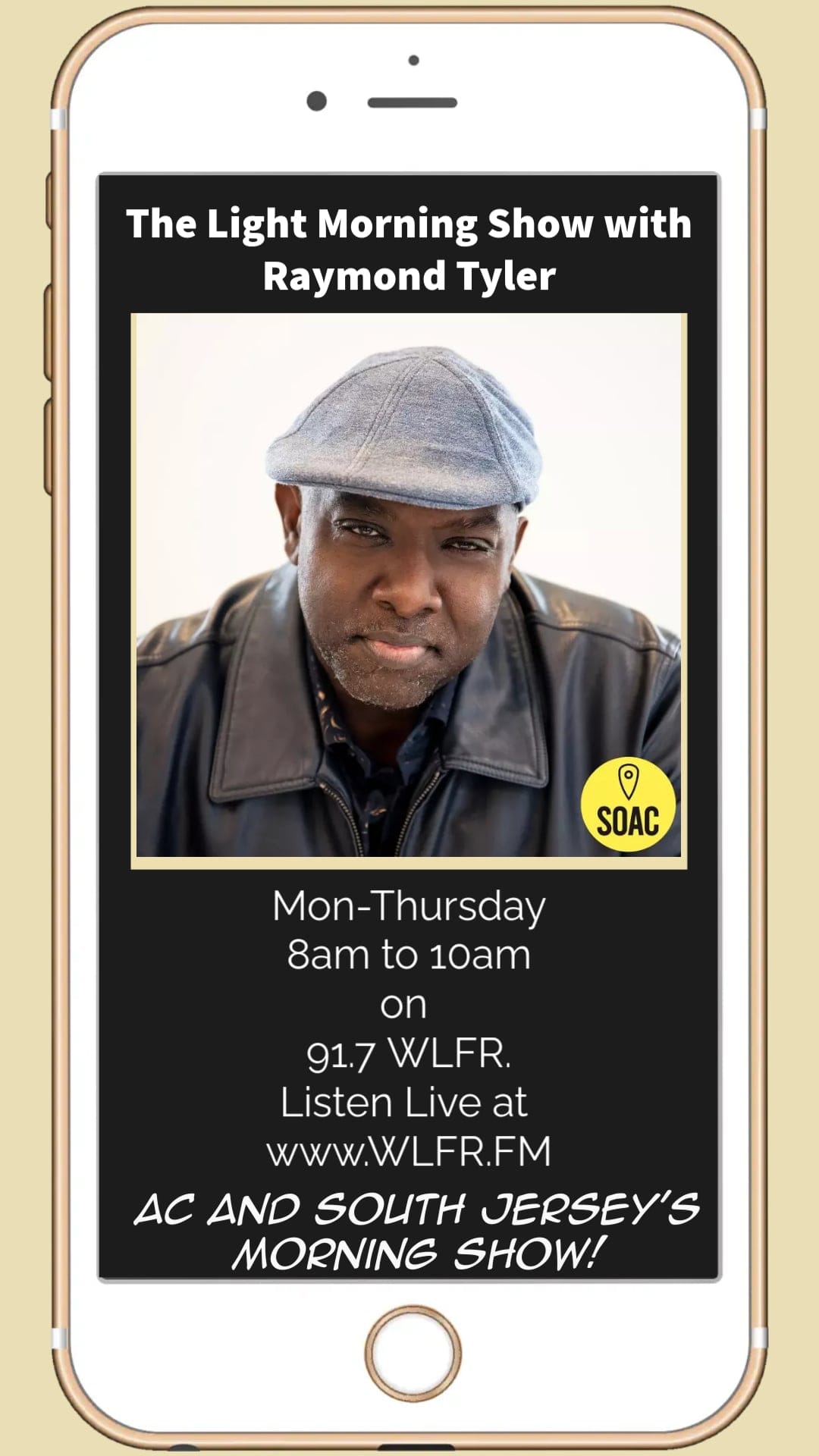Juneteenth and the Problem with American History
The history of slavery, when it literally ended can be convoluted, like the history of the Civil War.

The views and opinions expressed here are those of the author and do not necessarily reflect the official policy or position of Atlantic City Focus. Any commentary content provided by our editors or authors are of their opinion and are not intended to malign any religion, ethnic group, club, organization, company, individual or anyone or anything.)

Our newest Federal holiday, Juneteenth, is very representative of the problem of how history is presented in our society, especially the history of people of color. Junteenth is a celebration of freedom. It symbolizes when America’s participation in the institution of slavery formally ended.
However, the history of slavery and when it literally ended can be convoluted, like the history of the Civil War. Ask a simple question, “When did slavery in America end?” When I was a kid, the answer was, “the Emancipation Proclamation.” As I got older (and my teachers changed), I learned that that was never the answer. The Proclamation freed absolutely no one. As a matter of fact, promoting the freeing of slaves was actually the face of a military strategy. The true purpose of the Proclamation was to get those enslaved in the south to run away and join the Union Army and weaken the Confederacy. I was a college graduate before I learned that fact. It was through self-study that I learned that a Union victory was a condition of the implementation of the Proclamation.
Sign Up for Atlantic City Focus Weekend Guide
Your Key to Winning the Weekend in AC and Beyond!
No spam. Unsubscribe anytime.
While I was never formally taught that a Union victory was a condition of the Emancipation Proclamation, common sense told me it was. Some people will argue that Lincoln did free the slaves with the Proclamation, but facts prove differently. The Civil War was a war between two countries. The way the Civil War is and has been taught, gives the impression that the war was more a feud, like the Hatfields and McCoys. The truth is the country over whom Lincoln presided, the United States of America, ended at the Mason-Dixon Line. When the South seceded from the North, the Confederate States of America was formed and it had its own president, Jefferson Davis; capital, Richmond, VA; and currency.

Therefore, Abraham Lincoln had no authority to free any slaves in the Confederate States of America. Thus, the next answer as to when slavery ended was the end of the Civil War, which came on April 19, 1865, when General Robert E Lee, commander of the confederate forces, formally surrendered at Appomattox Courthouse, VA. Or did it?
Before we continue with the Civil War, we have to enter what has been a historical sidenote for centuries. Enter Junteenth! Despite the Civil War “officially” ending according to what we have been taught, slaves in Texas and some other places were still very much in bondage. They did not receive notice of their freedom until June, 1865, when Union troops entering Texas brought the news to the more than 250,000 enslaved individuals.
Now, back to the Civil War. While the history books may say the war ended with Lee’s surrender, one thing was missing –the truth! Unfortunately, the war raged on for another 16 months. It came to its actual end on August 20, 1866, when President Andrew Johnson proclaimed, “The said insurrection is at an end and peace, order, tranquility, and civil authority now exists in and throughout the whole of the United States of America.”
So, can we safely say that slavery ended on August 20, 1866? No! Slavery officially ended with the 13th Amendment to the United States Constitution. It was passed by Congress on January 31, 1865, and ratified on December 6, 1865.
There were some little-known things that came with the end of slavery. Two of our most beloved symbols of freedom are symbols of the ending of slavery. The Liberty Bell, which anyone will tell you, is an icon of independence from the Revolutionary War. While that would be true, it is a half-truth. During the Revolutionary War, it was known as the Freedom Bell. However, it was renamed in the fight to abolish the human slave trade to the Liberty Bell.

The other symbol is the Statue of Liberty. It was designed by Auguste Bartholdi, a French artist, abolitionist, and admirer of Abraham Lincoln, as gift to the United States to celebrate the end of slavery.
Thanks for reading the whole story!
At Atlantic City Focus, we're committed to providing a platform where the diverse voices of our community can be heard, respected, and celebrated. As an independent online news platform, we rely on a unique mix of affordable advertising and the support of readers like you to continue delivering quality, community journalism that matters. Please support the businesses and organizations that support us by clicking on their ads. And by donating today, you become a catalyst for change helping to amplify the authentic voices that might otherwise go unheard. And every contribution is greatly appreciated. Join us in making a difference—one uplifting story at a time!





